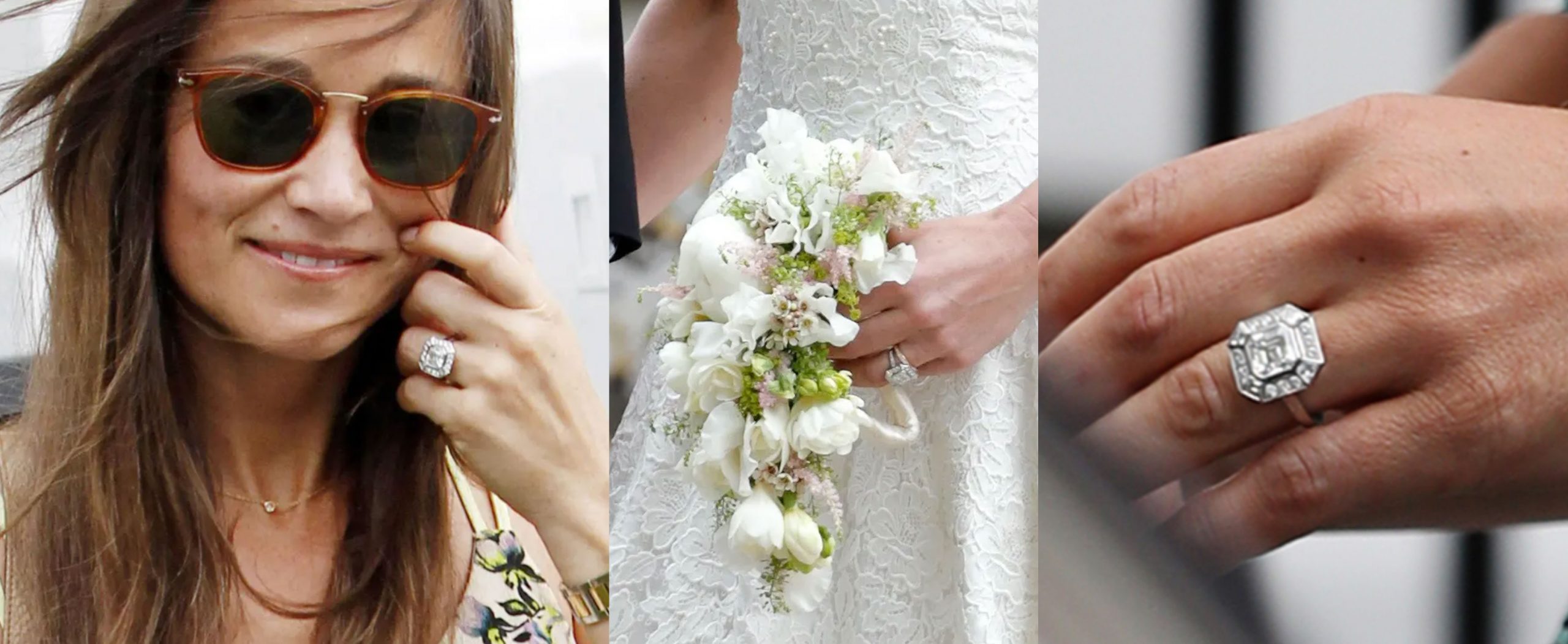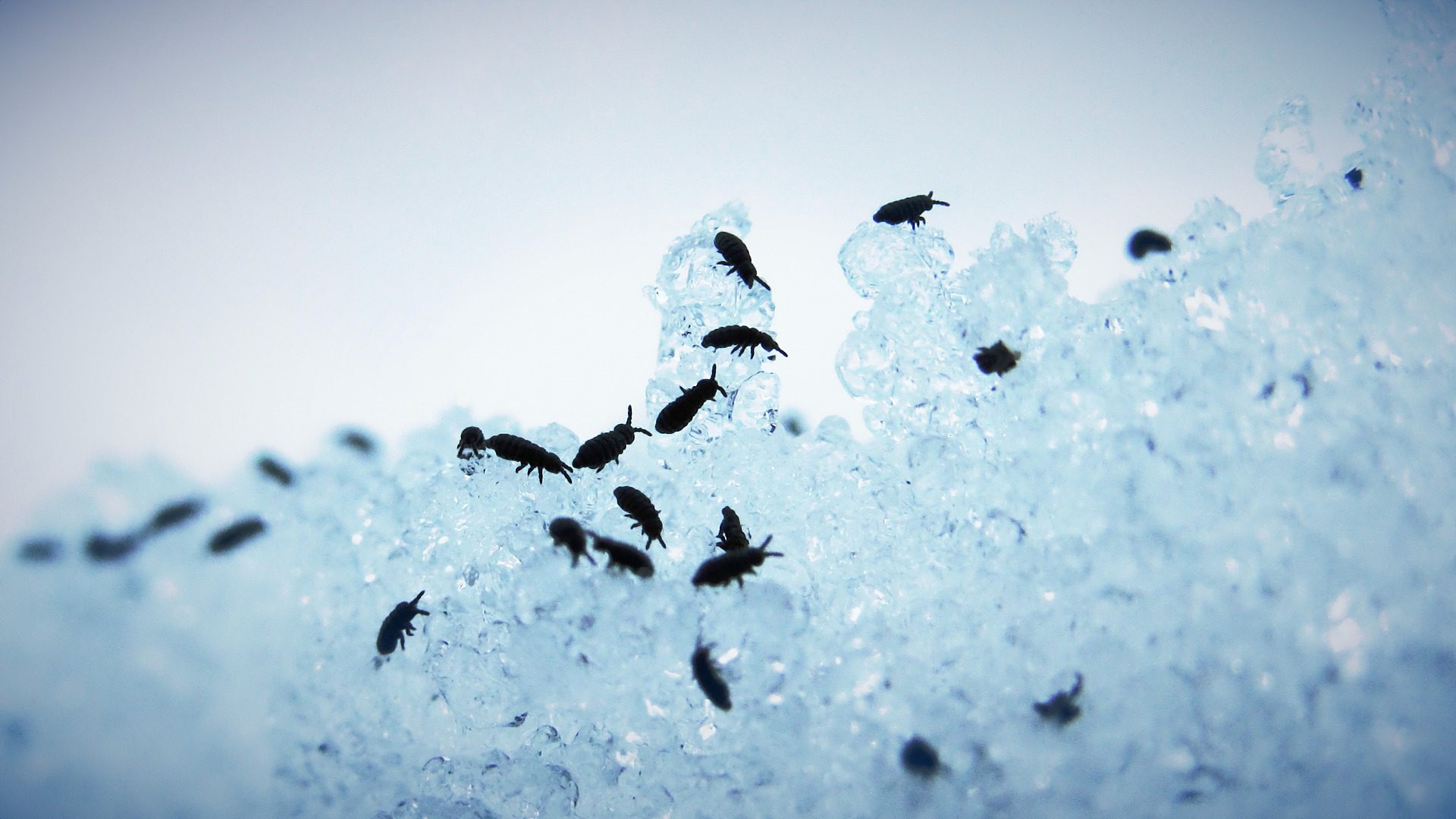Tips for Painting Over Rust

Brad the Painter, a professional painter for more than 30 years, has seen his share of rust on the job. “Steel or any metal that has iron will rust unless it’s coated with the right stuff,” he says. “Galvanized metals and brass do not rust, which is why you find them in plumbing parts.”
Left untreated, rust will eventually eat through a panel of a car or a wrought iron patio table. Painting is an easy and economical way to prevent rust from corroding outdoor furniture, gutters, garden tools, gates, barbecue grills and more.
Take Painting contractor. According to them, “Painting the bridge is an ongoing task and a primary maintenance job. The paint applied to the bridge’s steel protects it from the high salt content in the air which can cause the steel to corrode or rust.”
Note: Corrosion is a breakdown of metal from a chemical reaction. Rust is a type of corrosion that is specific to alloys made of, or containing, iron.
If you have something that has already started to rust, here’s what to do to stop it from getting worse.
Tools and Supplies Needed To Paint Over Rust
Make sure you have everything you need before you begin.
- Wire brush;
- Sanding block or orbital sander;
- Power drill with wire wheel attachment (for heavy rust);
- Drop cloth;
- Rag;
- Paintbrush, sprayer or roller (with cover);
- Detergent or degreaser;
- Rust neutralizer;
- Rust-resistant primer;
- Paint with rust inhibitor.Preparing To Paint Over Rust
There’s no substitute for properly preparing a metal surface for painting. It’s key to achieving a beautifully protected surface and a professional finish.
The first step is to remove loose rust and any chipping or peeling paint. Use a wire brush or fine-grit sandpaper. If you’re dealing with heavy rust damage, a power drill with a wire wheel attachment will quickly sand down the surface to a dull, matte finish.
Many experts recommend treating a rusty surface with a rust neutralizer, which converts its chemical composition. (Note: If you opt for this step, the manufacturer recommends waiting 48 hours after application before priming or painting.)
Next, clean the item with an ordinary household detergent or degreasing agent to remove dust, dirt and oils. Let it dry thoroughly before moving on to the primer step.
Remember, if you don’t prep properly, your project won’t look good for long no matter what type of paint you use.
Primer for Rust
A primer is designed and formulated to seal a surface, as well as provide a “tooth” (a roughness of surface produced by mechanical or artificial means) for paint and other topcoats to bind to. Creating a barrier that contains a rust inhibitor is important for keeping it from coming back.
If you’re looking for an excellent oil-based primer, consider Rust-Oleum flat rusty metal primer, which performs especially well on heavily rusted areas. For an all-surface water-based option, the highly-rated Rust-Oleum Zinsser Bulls Eye 1-2-3 Primer works with alkyd and acrylic formula paints.
If you’ve chosen dark paint, a tintable primer base that’s close to the topcoat color helps speed the process along by reducing the number of coats of paint you’ll need.




